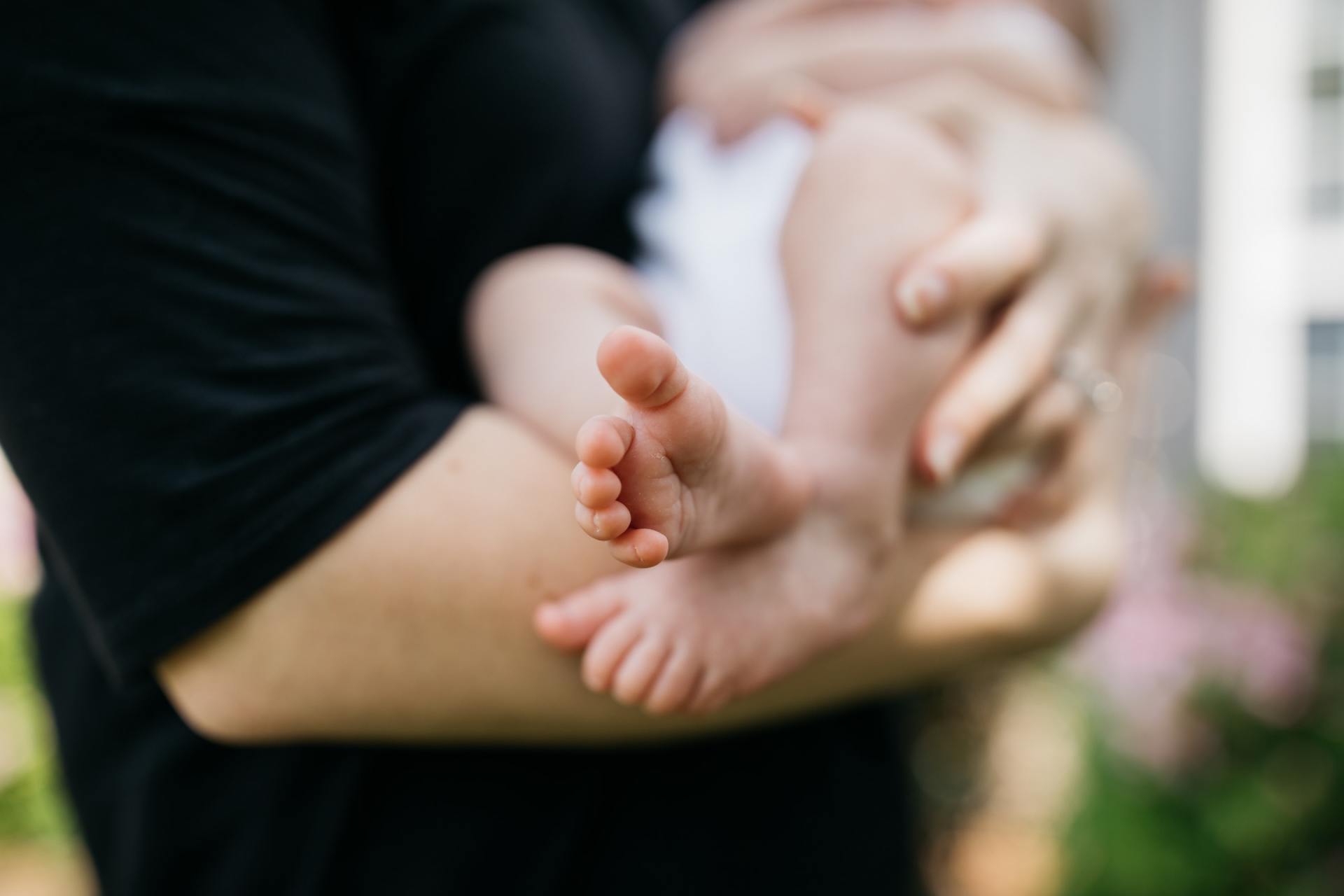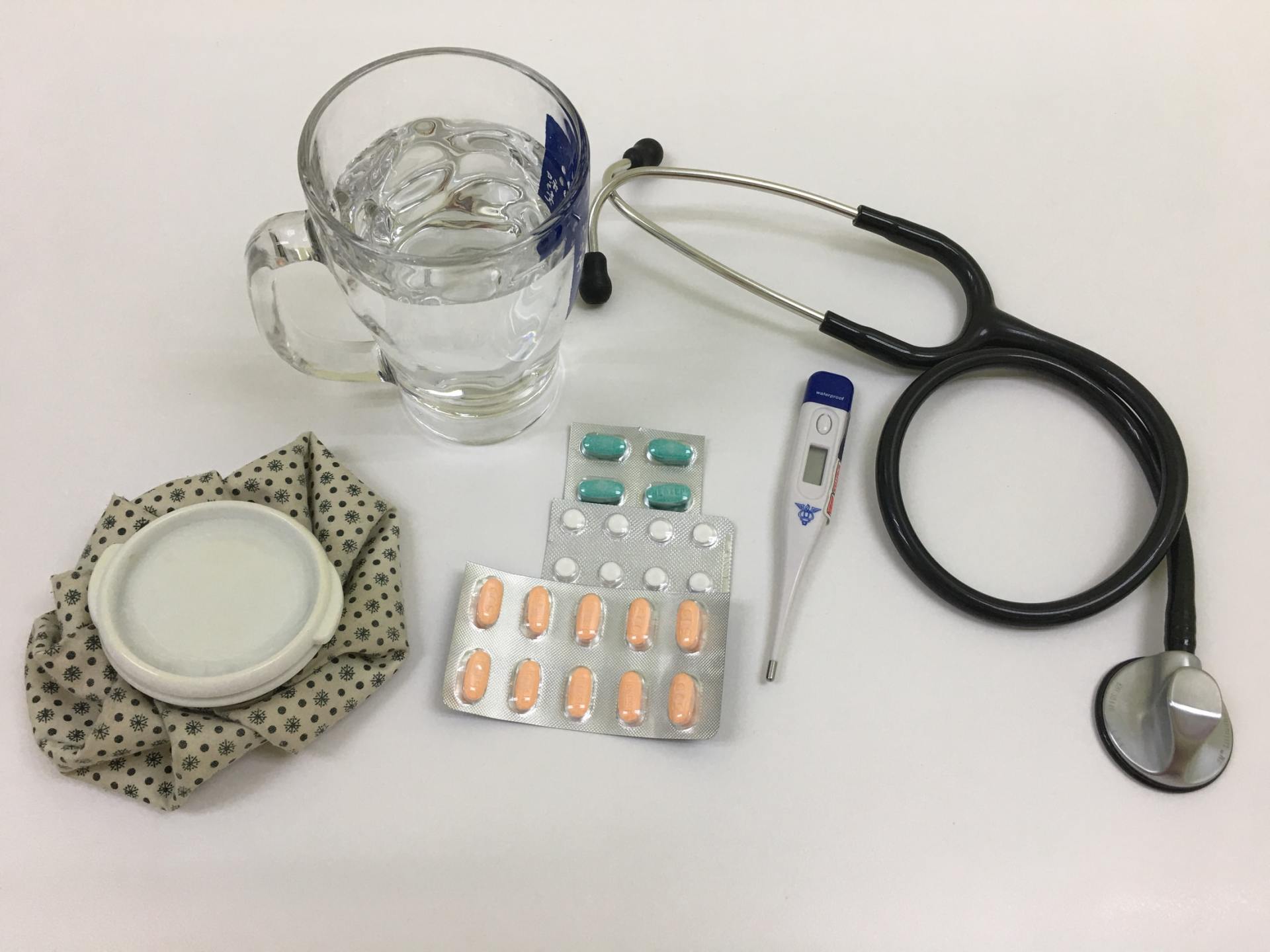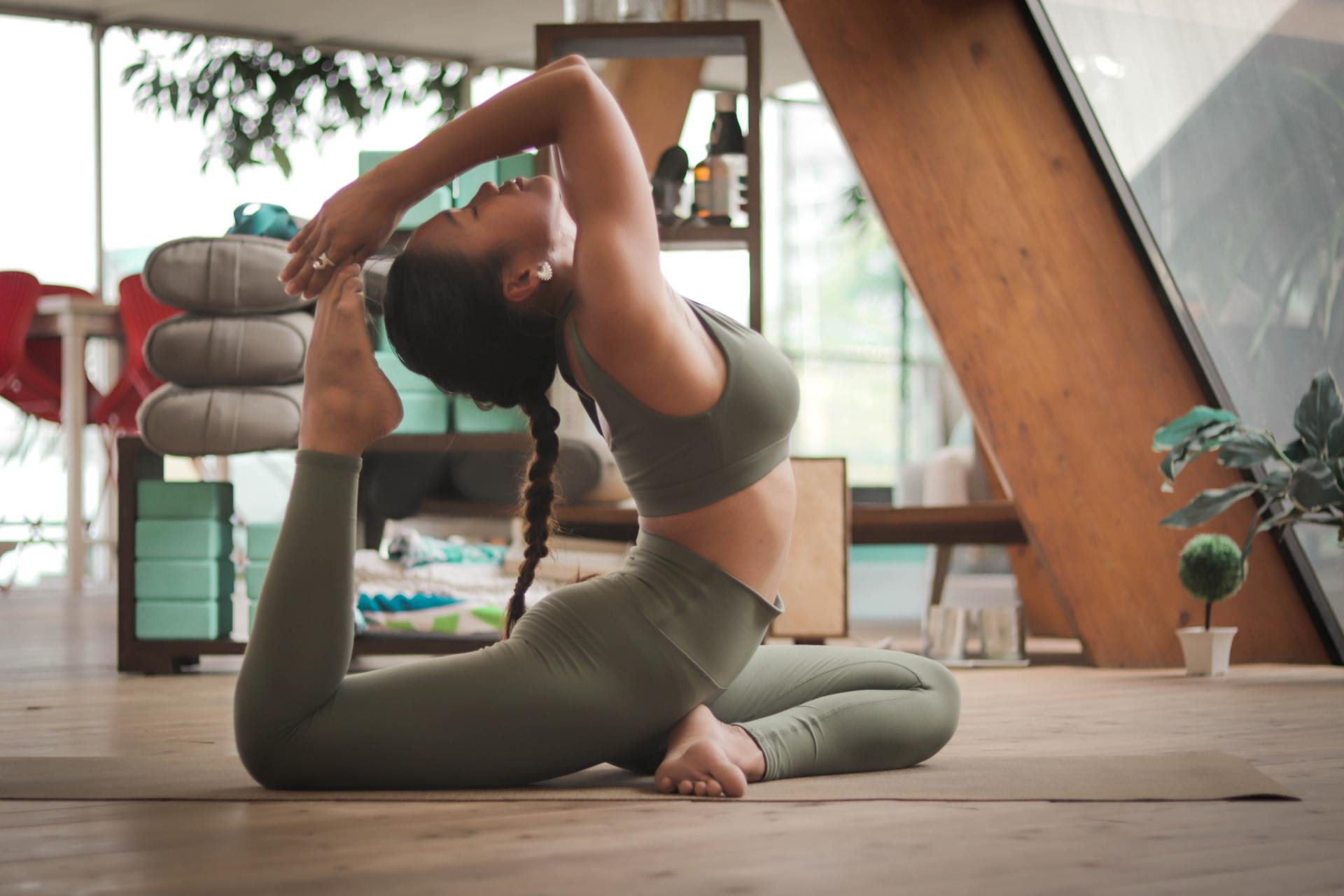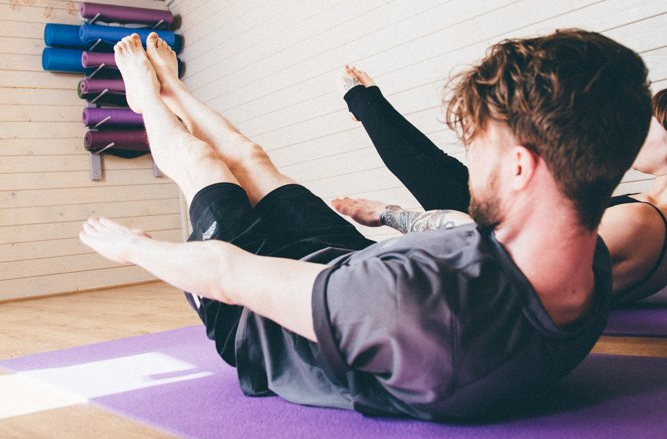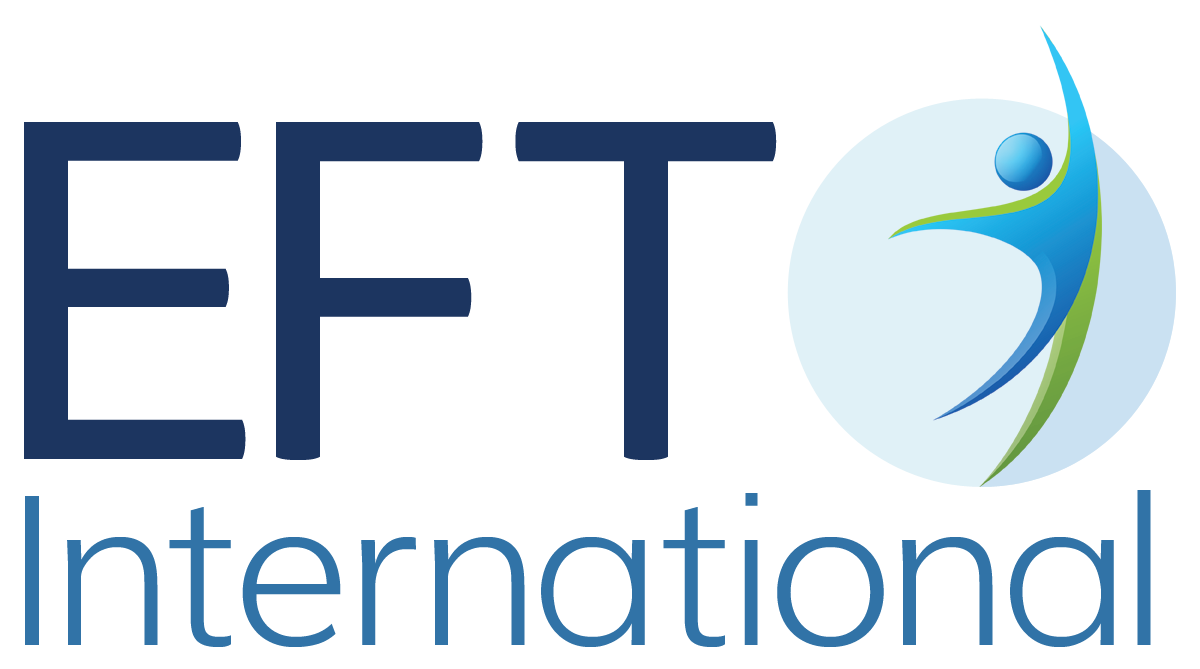This is one of the most common questions that I get asked and I know that many other Pilates and Yoga teachers can relate.
When I first started teaching this question made me slightly nervous, I mean I knew what Pilates was but Yoga? No clue. I'd done a few classes but mainly because I liked the lying down bit at the end(!) I felt a real pressure to know everything about Yoga and felt like I was less of a teacher because I wasn't able to successfully compare the two.
As time has gone on though, as my practice has deepened, I have realised that as a teacher you have to develop your own answer; there are so many variations of Yoga and different schools of Pilates teaching so there is no cut and dry answer that you can give that will always be 100% correct. You have to know your truth, understand what your craft means to you and then the answer comes from there.
For me, the answer comes from their origins.
The Origins of Yoga
Yoga started thousands of years ago, as a spiritual practice that helped to calm the mind and benefit the body. Yoga was a mishmash of ideas and beliefs which began as an eight limbed path that contained enlightenment. As time went on the practice turned inwards and the purpose of yoga was to look inside the body to find and explore the spiritual-physical connections that bind us to our existence, our past and our future.
"It is in the Haṭhayoga texts and tradition that we can begin to see the gradual shift from seated-āsanas used primarily for meditation, to more complex non-seated āsanas including balancing postures and inversions utilized for bodily purification, to harness subtle energies in the body, and even for therapeutic aims."(Powell, 2015)
Yoga has since blended and evolved into many different meanings and practices. There are different teachings, each with their own offerings; Hatha, Vinyasa, Iyenga, Ashtanga, Kundalini, Hot and Yin. Each type has it's own benefits and each person will experience their own path in a different way.
The Origins of Pilates
Pilates was born from Joseph Pilates, a man who turned from a sickly child into a boxer, gymnast and an athlete. Joseph was born in 1883 and lived his life with ailments such as asthma and chronic fatigue. At a young age he decided that he was going to dedicate his life to a practice that made him feel better and stronger. He was a self defence instructor for the army and whilst people were injured in their beds he created equipment and devices to enable them to exercise with resistance and help them move again.
Pilates soon began to develop his method of 'Contrology' which aimed to strengthen the whole body by targeting and isolating different muscles and not just concentrating on the larger muscle groups. He believed that most strength comes from our 'powerhouse' (what we would now describe as our core) which can aid in re-invigorating the body and in turn the mind. The method was functional and had no spiritual ties, the breath used was lateral thoracic so that the core would not be sacrificed for breathing (or vice versa).
When Pilates moved to the US he opened a studio where he and his wife Clara began to train the "elite"- dancers, athletes, actors and celebrities. The Pilates method grew in popularity and notoriety for delivering real results and long term health benefits. He trained many of the dancers at The New York City Ballet and it was here that his teachings and methods began to move to the next generation of teachers. As time went on the method of Pilates began to have a reputation as a "female" form of exercise (mainly due to the lineage of the teachers) however this could not be more wrong!
It is only in recent years however that top male athletes, basketball, football and rugby players are starting to realise the benefits to Pilates and using the method as a way to prevent injury, recover from injury, improve speed, agility and posture.
My Thoughts
In my opinion I think that the differences between Pilates and Yoga are quite significant, you will most likely have a completely different experience in each class;
Yoga has a definite focus on the breath leading movement and the poses often encourage full extension and range of movement.
Pilates has a higher focus on functional movement that is aided by breath and the movements are controlled and only aim to encourage alignment and stability.
Take the shoulder bridge as an example:
There are however major similarities between the two practices which as a result means that they compliment each other well.
They both serve as a mind-body form of exercise and are beneficial for not only physical health but mental wellbeing.
Generally they are both low impact which means they are accessible to everyone in one form or another.
They both aid in revitalising and invigorating the body through purposeful movement so you don't leave feeling depleted or lacking when you finish.
The best way to really understand the two and find your own truth about their differences and similarities is to give it a go! Find a class, try both out and decide for yourself.
Whichever it is that works for you, do it, embrace it, fall in love with it- it could honestly change your life.
If you still can't decide - do both! Find what you enjoy and give yourself some real self love, movement and time.
Just try not to say to the teacher; "Pilates and Yoga? Aren't they the same thing?!"
